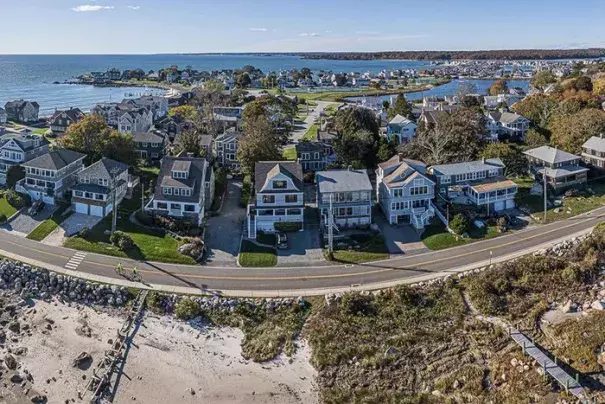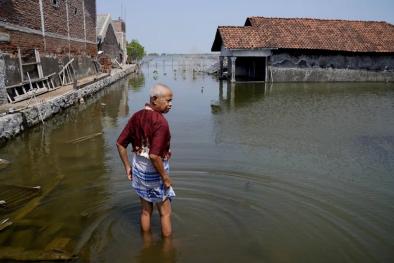Climate change arrives in Connecticut, imperiling coastal towns like Groton

Climate Signals summary: Sea level rise, heat waves, and coastal storms fueled by human-caused climate change are impacting communities in Connecticut.
Article excerpt:
Climate change has already arrived in Connecticut, as demonstrated this summer by scorching temperatures and punishing storms. In the coming decades, its effects will only accelerate.
While the entire state will face increasing impacts of climate change, seaside communities like Groton will feel them most acutely and immediately. As greenhouse gas emissions continue to warm the planet, storms will become more frequent and more intense. Property will be damaged and people displaced. In many cases, the consequences will be particularly severe for vulnerable groups, including the poor and the elderly.
Meanwhile, rising sea levels, fueled by melting glaciers thousands of miles away, will alter everyday life in low-lying areas. According to one estimate, Long Island Sound could rise by as much as 20 inches by 2050, enough to submerge parts of Groton’s shore and cause regular flooding in residential neighborhoods and along key roads. By 2100 — within the lifetime of children born today — the Sound could rise by up to two meters, enough to submerge beaches, commercial areas, most of Groton-New London Airport, and parts of residential areas currently home to thousands of people.
You can read the rest of this article here: https://www.inquirer.com/business/groton-sea-level-rise-climate-change-flooding-20211113.html
Related Content






